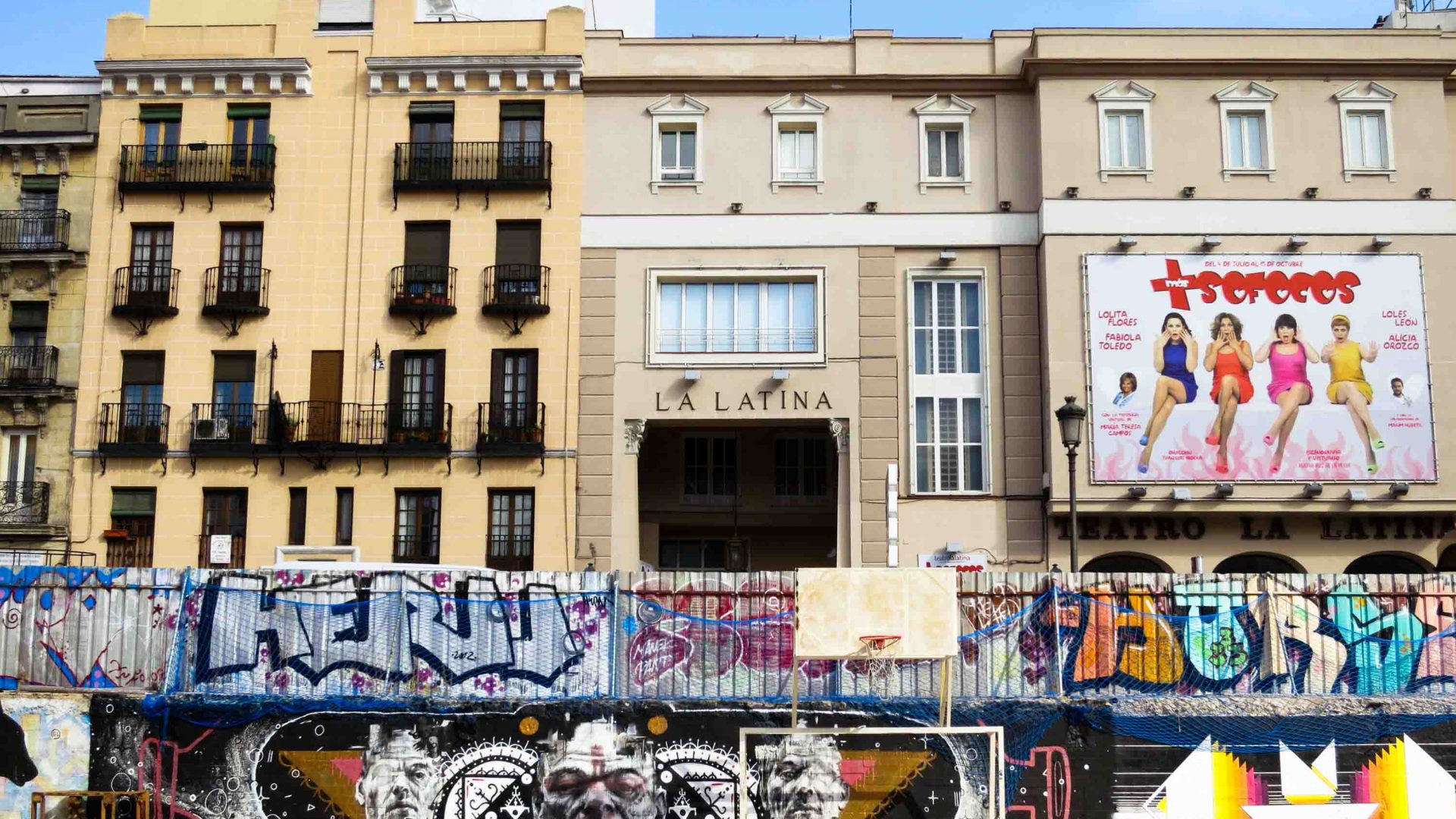Finally, some good news. The Spanish government has announced that from the beginning of September until the end of this year, a number of trains will run fare-free—a benefit that applies to foreign visitors as well as locals.
Commuter trains (Cercanías in most of Spain, Rodalies in Catalonia) and some mid-distance trains and buses operated by Renfe, the state-owned transportation company, will be free from the first of September until at least the end of December.
But that doesn’t mean you can just hop on any Renfe line without paying the fare. Only commuter and mid-distance (under 300 kilometers) routes will be free, so it’s worth taking a peek at a map of the train system when planning your trip if you want to take full advantage of the rides that are free. Here are the tickets that, according to Spanish Business Insider, will be available at no charge for the last four months of 2022:
- Cercanía bonos de 10 viajes—good for 10 trips per month on the commuter Cercania lines.
- Tarjeta 10 Sencilla—can be used for up to 10 medium-distance trips over the course of 45 days, but only between the same two stations.
- Bono 10 Regional—also for going between two stations up to 10 times in a 45-day period, but within a region instead of a locality as in the above sencilla (simple) ticket.
- Tarjeta 10 Libre—can be used for up to 10 medium-distance trips anywhere but Catalonia.
- Tarjeta Mensual 40 Sencilla—unlimited trips between the same two stations within the same locality over the course of a month, and is issued in your name.
- Abono Mensual Regional—as many trips as you like to any of the stations within a certain region over the course of a month.
- Tarjeta Mensual 40 Libre—unlimited monthly travel between two stations, with some limits on where it’s eligible.
Long-distance trips aren’t covered under the new measure, and the benefits are clearly designed with commuter needs in mind. If you want to fly into Madrid and catch a train to Murcia, you’ll have to pay as usual. But a ride to Toledo would be on the house, as would links between numerous locales across Spain popular with tourists. Córdoba to Seville, Granada to Málaga—you get the idea.
The policy isn’t a play for tourism, nor is the Spanish government trying to do a solid for all the gap year kids with dreams of traveling Europe by rail. Though foreign visitors are able to take advantage of the free fares, too, the initiative was announced in July as part of a raft of programs to lighten the burden of inflation and ensure that the costs of the war in Ukraine would be distributed fairly and “not fall on the most vulnerable.”
The government will also provide towns, cities, and regional transportation with the funds to reduce fares by 30 percent (and encourage them to chip in to lower fares a further 20 or 30 percent, if they have the funds to do so).
“The ultimate purpose of the aid, in the current scenario of high energy prices, is to facilitate compulsory daily mobility and also promote the use of collective public transport to satisfy it, because it is a safer, more reliable, cheaper and more sustainable than the private vehicle,” transportation minister Raquel Sánchez said at the meeting announcing the federal aid.
The subsidized fares can also cut down the travel costs of foreign visitors who opt to take transit instead of renting a car or hiring cabs, as well as spare Spanish commuters from the high cost of fuel. But making trains and buses more attractive than flying or personal vehicles is good for the climate, too. Actual emissions are going to vary by specific train and plane model, but a flight releases around three times more global warming-causing carbon CO2 into the atmosphere per passenger per kilometer than a train.
Going by train does take longer than flying, but not necessarily by much. Traveling between Madrid to Cordoba, for example, would take 70 minutes by air and 110 minutes by rail. If you aren’t crunched for time, rail travel has other benefits. You end up seeing more of the country as it passes outside your window, and train stations are often accessibly located downtown near transit and lodging, instead of on the outskirts like airports.
Driving a car the same distance between Madrid and Cordoba would take almost four hours, emit as much or more CO2 per person as flying (depending on the car and the number of passengers), and you’d be single-handedly responsible for the gas bill (which would likely be pricier than the approximately $35 train ticket) and you’d have to have your eyes on the road the whole way instead of napping, reading, soaking in the views, meeting other travelers, or anything else you’d like to do.
You can also enjoy riding these fare-free (or fare-reduced, in the case of local transit) trains and buses with the knowledge that the government can afford to foot the bill thanks to a temporary bump in taxes for oil and gas companies. So it’s a pretty good redistribution of wealth as far as the climate is concerned, as well as for your individual finances.
So, all in all, this news is good news, brought to us by Spain.










